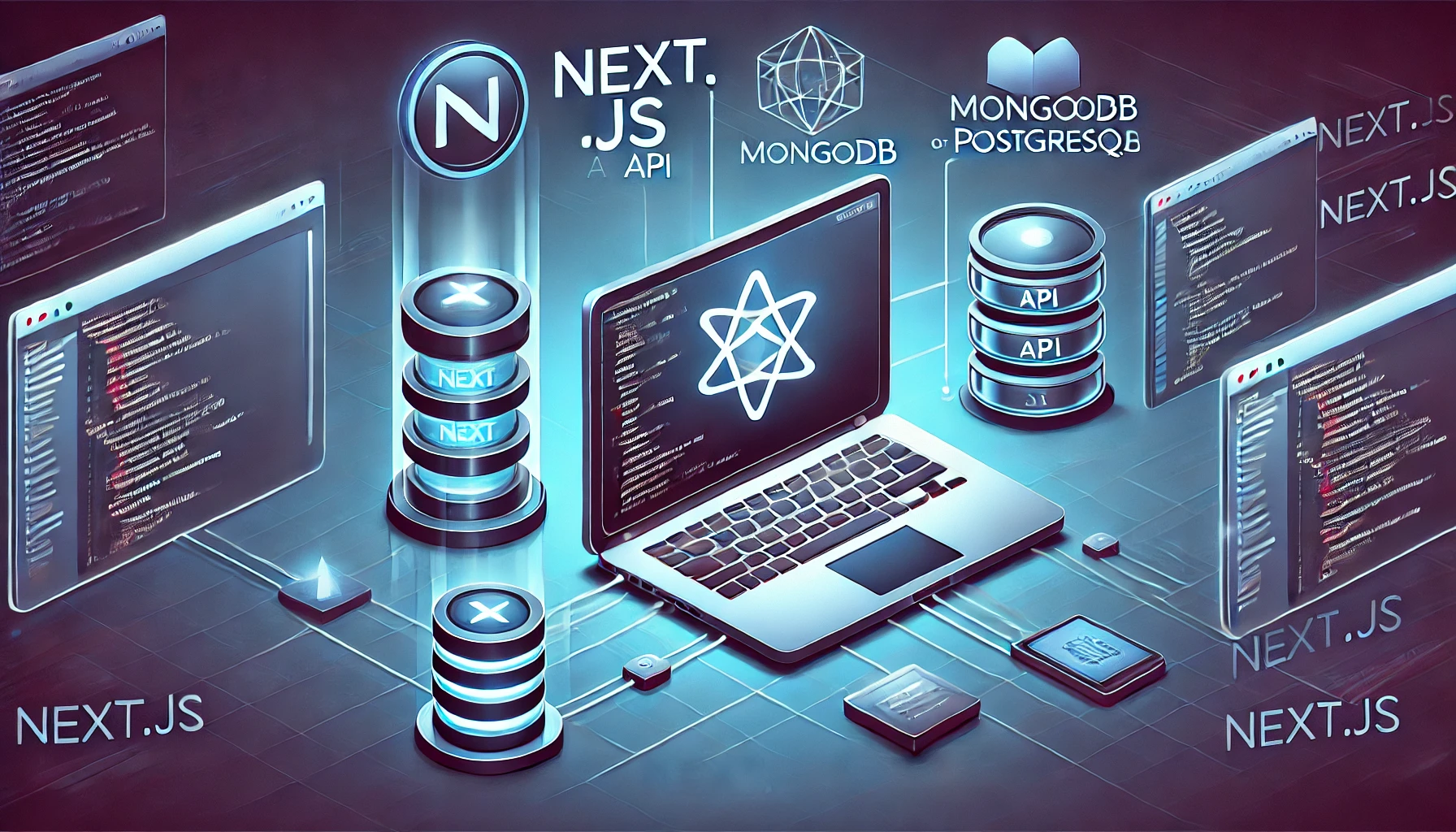Introduction to Web 3.0 and Blockchain Technology
In the rapidly evolving landscape of web development, Web 3.0 and blockchain technologies are revolutionizing how we build and interact with digital applications. Unlike traditional web architectures, Web 3.0 promises a decentralized, transparent, and user-centric approach to online services. This comprehensive guide will walk you through the process of integrating blockchain technology into full-stack applications, providing you with practical insights and technical strategies.
Understanding the Web 3.0 Ecosystem
Web 3.0 represents a paradigm shift from the current centralized internet model to a decentralized, blockchain-powered ecosystem. Key characteristics include:
- Decentralization: Removing central authorities and distributing control across network participants
- Transparency: Ensuring all transactions and interactions are verifiable and open
- User Ownership: Giving users true ownership of their data and digital assets
- Tokenization: Creating economic models that incentivize network participation
Tech Stack for Web 3.0 Full-Stack Development
Frontend Technologies
- React or Next.js for building interactive user interfaces
- Web3.js or Ethers.js for blockchain interactions
- MetaMask or WalletConnect for wallet integration
Backend Technologies
- Node.js with Express.js
- Solidity for smart contract development
- Hardhat or Truffle for blockchain development environment
- IPFS for decentralized file storage
Blockchain Platforms
- Ethereum
- Polygon
- Binance Smart Chain
- Solana
Step-by-Step Implementation Guide
1. Setting Up the Development Environment
# Create a new project directory
mkdir web3-fullstack-app
cd web3-fullstack-app
# Initialize frontend (React)
npx create-react-app client
cd client
# Install Web 3.0 dependencies
npm install web3 ethers @web3-react/core @web3-react/injected-connector
# Return to project root and set up backend
cd ..
mkdir backend
cd backend
npm init -y
npm install express web3 solidity-json-abi2. Developing Smart Contracts
Create a smart contract using Solidity that defines the core functionality of your decentralized application:
// SPDX-License-Identifier: MIT
pragma solidity ^0.8.0;
contract DecentralizedApp {
mapping(address => uint256) public userBalances;
event TokenTransfer(address indexed from, address indexed to, uint256 amount);
function transfer(address _to, uint256 _amount) public {
require(userBalances[msg.sender] >= _amount, "Insufficient balance");
userBalances[msg.sender] -= _amount;
userBalances[_to] += _amount;
emit TokenTransfer(msg.sender, _to, _amount);
}
}3. Connecting Frontend with Blockchain
import React, { useState } from 'react';
import Web3 from 'web3';
import { useWeb3React } from '@web3-react/core';
import { InjectedConnector } from '@web3-react/injected-connector';
const injected = new InjectedConnector({
supportedChainIds: [1, 3, 4, 5, 42], // Ethereum network IDs
});
function BlockchainApp() {
const { activate, active, library, account } = useWeb3React();
const connectWallet = async () => {
try {
await activate(injected);
} catch (error) {
console.error("Connection failed", error);
}
};
return (
<div>
{!active ? (
<button onClick={connectWallet}>Connect Wallet</button>
) : (
<div>Connected: {account}</div>
)}
</div>
);
}4. Backend Blockchain Integration
const express = require('express');
const Web3 = require('web3');
const contractABI = require('./contract-abi.json');
const app = express();
const web3 = new Web3('https://mainnet.infura.io/v3/YOUR-PROJECT-ID');
app.post('/transfer', async (req, res) => {
const { from, to, amount } = req.body;
const contract = new web3.eth.Contract(contractABI, CONTRACT_ADDRESS);
try {
const transaction = await contract.methods.transfer(to, amount).send({
from: from,
gas: 300000
});
res.json({ success: true, transactionHash: transaction.transactionHash });
} catch (error) {
res.status(500).json({ error: error.message });
}
});Best Practices and Considerations
Security
- Always use latest OpenZeppelin library for smart contract security
- Implement comprehensive error handling
- Use multi-signature wallets for high-value transactions
- Conduct thorough smart contract audits
Performance
- Optimize gas usage in smart contracts
- Implement layer 2 scaling solutions
- Use efficient blockchain networks
User Experience
- Provide clear wallet connection instructions
- Handle network switching gracefully
- Create intuitive transaction confirmation flows
Challenges in Web 3.0 Development
- Complex Development Environment: Blockchain development requires specialized knowledge
- Scalability Limitations: Current blockchain networks have transaction speed constraints
- Regulatory Uncertainty: Evolving legal landscape for decentralized applications
- High Transaction Costs: Gas fees can be prohibitively expensive
Future of Web 3.0
The future of Web 3.0 looks promising with ongoing improvements in:
- Faster blockchain networks
- More user-friendly interfaces
- Enhanced interoperability between different blockchain platforms
- Advanced decentralized finance (DeFi) applications
Conclusion
Implementing Web 3.0 and blockchain in full-stack applications requires a comprehensive understanding of decentralized technologies. By following this guide, developers can create robust, transparent, and user-centric applications that leverage the power of blockchain.
Recommended Learning Resources
- Ethereum Developer Documentation
- Solidity Official Documentation
- Web3.js and Ethers.js Tutorials
- Coursera and Udemy Blockchain Courses
Start your Web 3.0 journey today and be part of the decentralized revolution!
At 7Shades Digital, we specialised in creating strategies that help businesses excel in the digital world. If you’re ready to take your website to the next level, contact us today!





